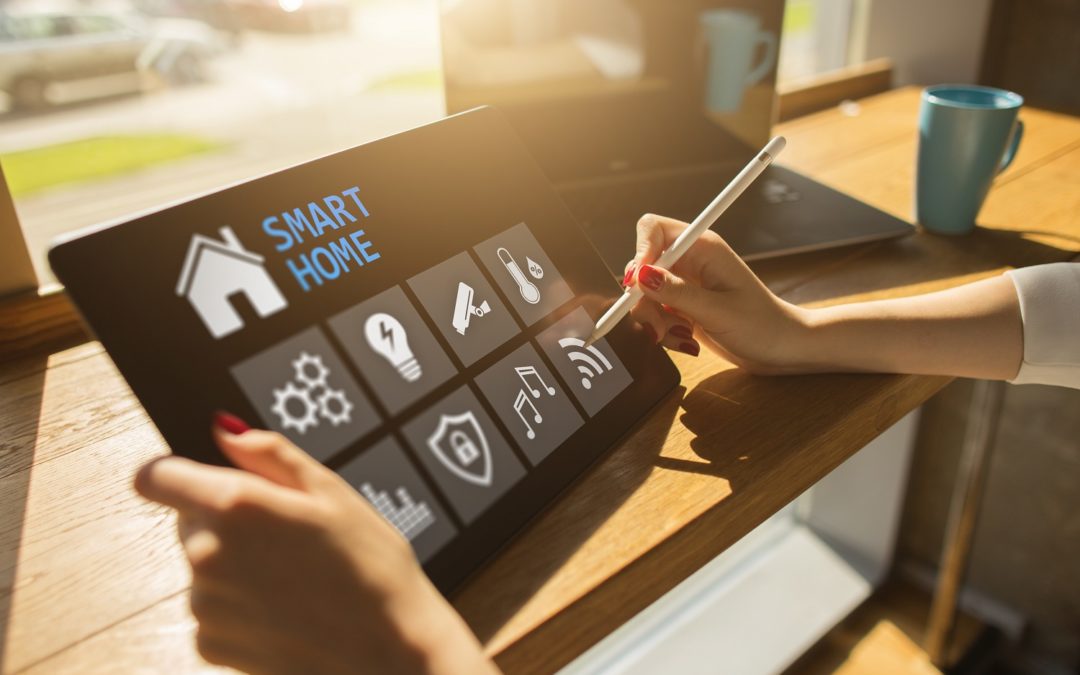There are a lot of potential ways to turn your regular house into a smart home. Most people, though, tend to assume that the only way to integrate some of the best upgrades is by investing a lot of time and money into it.
The idea of buying all the sensors, cameras, speakers, smart bulbs, and any number of other items and then somehow connecting them all to a hub that allows you to communicate with them through your smartphone or smart speaker can be a little daunting.
The fact is, though, there are a number of simple and effective ways to add some smart features to your home without draining your funds.
And it starts by choosing your preferred assistant.
Set Up Voice Control
Voice-controlled assistants will be the center of your home’s smart features. These devices allow you to command various actions with a few simple phrases. You can control the lights, the temperature, the music, the TV, the security cameras, and a wide range of other functions through these devices.
The two most popular, at the moment, are Amazon’s Alexa and the Google Assistant, which can be accessed through Amazon Echo and Google Home product, respectively.
Amazon’s Echo products have a wide install base, which means it receives a lot of support from third-party developers. Echo comes in a number of sizes so it’s easy to place the speakers wherever you might need to have a word with Alexa.
Google’s Home products also have a number to speaker types, and many people believe that since Google is powering the brains of the Assistant, it can be more accurate when you ask specific questions.
Some smart devices will only connect with one or the other, though, so if you have something particular in mind, make sure you’re choosing the right virtual assistant.
Light Up the Room
The lights are usually the first thing to receive the smart-home treatment. It’s a simple upgrade that anyone can do.
Smart lighting can usually interact with your central hub setup (your digital assistant) and, in some cases, be tied into other smart-home elements.
It starts with light bulbs that communicate over wi-fi or Bluetooth so you can control them with voice commands or through your smartphone. Some lights may require some kind of bridge to connect them to a wi-fi router, but others have the connection built in.
Control the Environment
Having trouble getting the temperature just right in the rooms you use the most? When you’ve only got a single thermostat in one room or hallway, your HVAC system will do what it can, but it doesn’t know what you really need.
Smart thermostats feature sensors that you can place in the rooms where you spend the most time. That way, the heating and cooling can react to your position and make sure the rooms you use actually reach the temperature you want.
Many modern HVAC systems allow the user to program different temperatures for different times of the day, but these smart devices can detect when you’re in the home and automatically respond to your preferences.
As an extra benefit, this can help you save a lot of money by conserving energy when you don’t need to heat or cool the home.
Plug Into Smart Outlets
This is probably one of the simplest ways to add a little “smart” to your home.
Don’t want to give up a favorite lamp? Would you like a way to control a fan or space heater with your voice or your smartphone?
A smart outlet is an easy way to add a little control to these otherwise mundane appliances.
These devices simply plug into your standard outlets and can then be connected to your wi-fi setup so you can turn them on or off or program them with a specific schedule through a smartphone app.
You can even go a step further and introduce voice commands if the smart outlet is connected to your smart hub.
Play Music Everywhere
You can set up speakers in every room of your house for a relatively small investment. It may not be like having a world-class audio system in every room, but you will be able to stream your favorite music throughout the entire house – or send different songs to different rooms – from the smart hub.
This is a lot more affordable these days because these speakers don’t need to have extensive wiring systems to connect them to the central system. It’s all wireless now.
And some of them even work with digital assistants, so you can vocally communicate with Google or Alexa from these different rooms.
The Key to an Inexpensive Smart Home
Remember that you don’t have to upgrade your home all at once. You can focus on one thing at a time, implementing smart features one at a time,
Start small, adding just a few items at first, and make careful choices about what elements and devices you really need.
This way, you can stick within your budget and take advantage of some modern smart-home conveniences.

